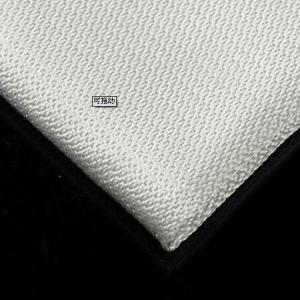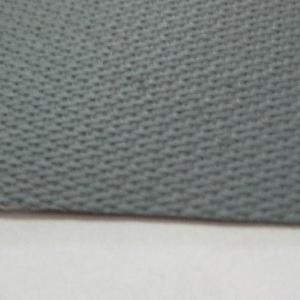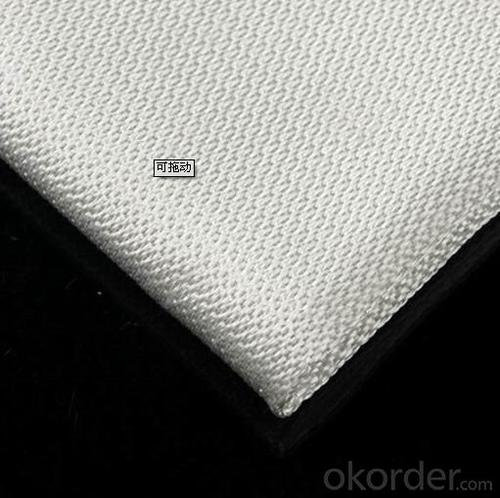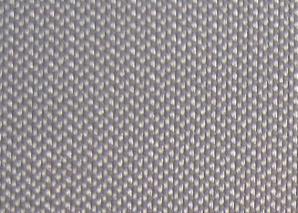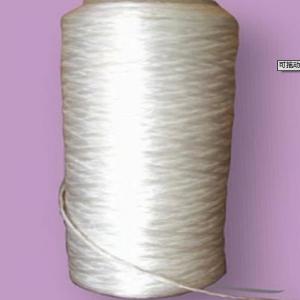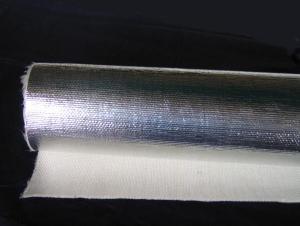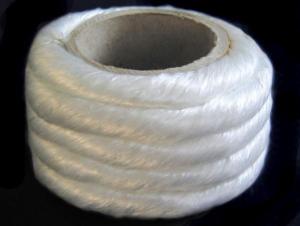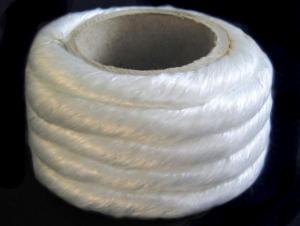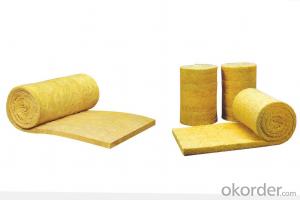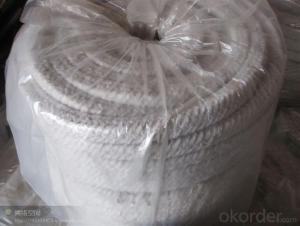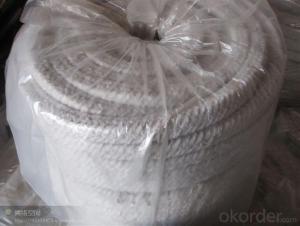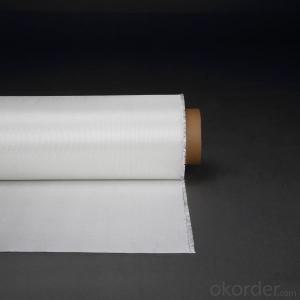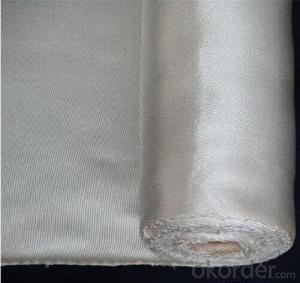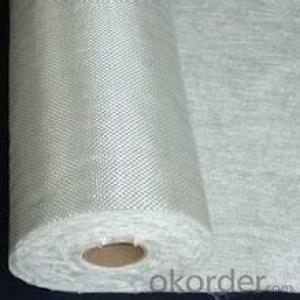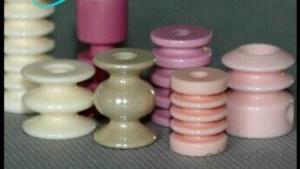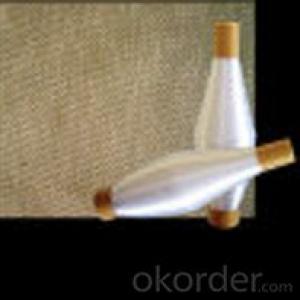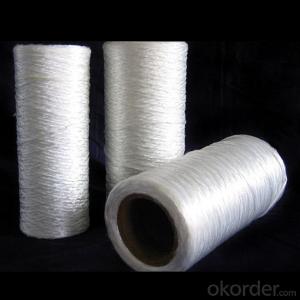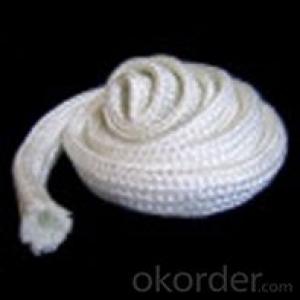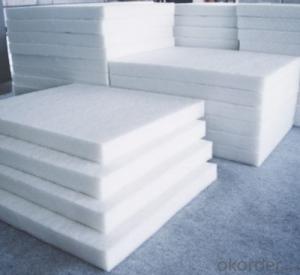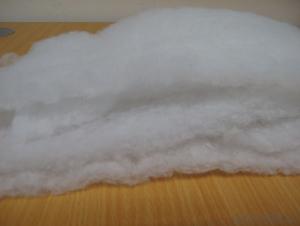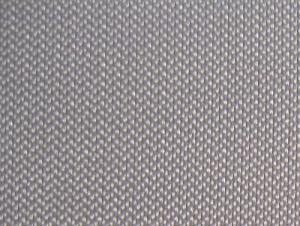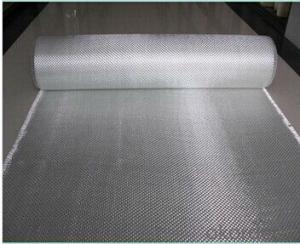Glass Fiber Textiles Silicone Coated Fiberglass Fabric
- Loading Port:
- China Main Port
- Payment Terms:
- TT or L/C
- Min Order Qty:
- 10 tons kg
- Supply Capability:
- 2*20FCL Per Month kg/month
OKorder Service Pledge
OKorder Financial Service
You Might Also Like
General information of Silicone Coated Fiberglass Fabric
Silicone fiberglass fabric is made with the basal material of high temperature resistant fiberglass fabric and silicone rubber by follow-processing; It is a compound material with high quality of performance. It has been widely used in spaceflight, chemical industry, petroleum, large generating electricity equipment, machinery, metallurgy, electric insulation, construction and other fields.
Main capability and characteristics of Silicone Coated Fiberglass Fabric:
1). Good performance on resisting high temperature and low temperature, (the resistance of lowest temperature: -70 degrees to highest temperature: 280 degrees); Good capability on temperature maintaining;
2). High strength: It is soft and ductile, could be tailored;
3). Good capability on chemical corrosion resistant, oil-proofing, waterproofing (washable);
4). Heat-aging and chemical-aging resistant, and preventing from ozone, oxygen and light;
5). High insulation performance, constant dielectric: 3-3.2, breakdown voltage20-50kv/mm.
Main application of Silicone Coated Fiberglass Fabric:
Fiberglass fabric coated with silicon rubber product is a new complex material which has been widely used in such fields as: Construction, electric insulation, pipeline ductile conjunction, chemical corrosion resistant, sealing, etc. The main using fields are:
1). Electric insulation:
Fiberglass fabric material coated with silicon rubber has high electric insulation grade, and it could endure high voltage load, be made into insulated fabric, pipeline, etc
2). Non-metal compensating facility:
Non-metal compensating facility is an instrument for pipeline ductile injunction, and it could solve such sabotage problems to pipeline as heat inflating-cold reducing; It is used as the basic material of ductile inflating knot, having the capability of high using temperature, corrosion resistant, seasoning resistant, good elasticity and ductile. This kind of product has been widely used in petroleum, chemical industry, cement, steel and copper, energy, etc, and has got good using efficiency;
3). Corrosion proofing field
Fiberglass fabric coated with silicon rubber could be used as external and internal corrosion proofing layer of pipeline and preservation jar, and it has excellent corrosion resistance, good capability to resist high temperature, high strength, so it is an ideal corrosion-proofing material.
4). Other fields:
Fiberglass fabric coated with silicon rubber could be used on sealing material of construction, high temperature corrosion-proofing belt, packing material, etc.
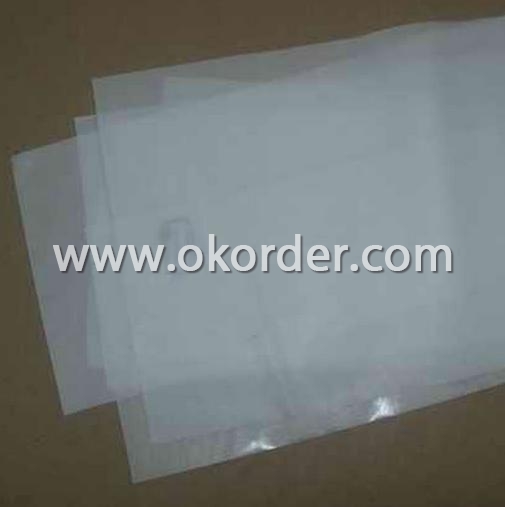
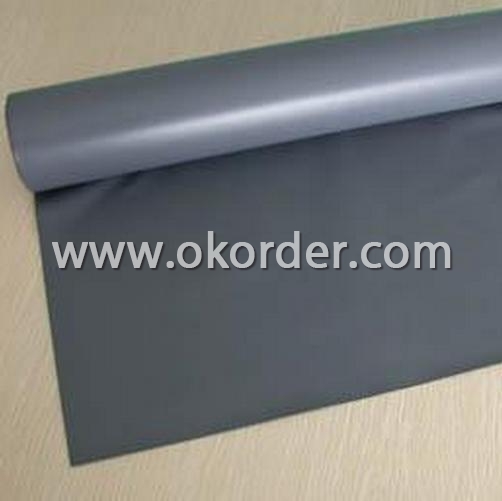
- Q: Can glass fiber textiles be used in reinforcement of bamboo fibers?
- Yes, glass fiber textiles can be used in the reinforcement of bamboo fibers. The combination of glass fiber textiles and bamboo fibers can result in a composite material that possesses enhanced mechanical properties. Glass fibers are known for their high strength and stiffness, while bamboo fibers are lightweight and have good flexibility. By reinforcing bamboo fibers with glass fiber textiles, the resulting material can have improved tensile strength, flexural strength, and impact resistance. This combination can be particularly useful in applications where both strength and flexibility are required, such as in the construction industry for beams, columns, and other structural elements. Additionally, the use of glass fiber textiles can also provide better dimensional stability and resistance to moisture, further enhancing the overall performance of the composite material.
- Q: Can glass fiber textiles be used in military applications?
- Glass fiber textiles are indeed applicable in military contexts. Renowned for their robustness and durability, these textiles are well-suited for diverse military purposes. They find utility in fabricating military uniforms, bulletproof vests, and other protective equipment. Their ability to withstand high temperatures, flames, and chemicals is vital in military settings. Moreover, glass fiber textiles are employed in constructing military tents, camouflage nets, and other textile structures. In summary, glass fiber textiles offer a multitude of advantages and can be effectively employed in a range of military applications.
- Q: Can glass fiber textile be used in pressure vessels?
- Yes, glass fiber textile can be used in pressure vessels. Glass fiber textiles, also known as glass fiber fabrics, are made from woven or non-woven glass fibers. These textiles have excellent mechanical properties, such as high tensile strength and stiffness, which make them suitable for use in pressure vessels. Pressure vessels are containers designed to hold fluids or gases at high pressures. They are used in various industries, including oil and gas, chemical processing, and power generation. The materials used in pressure vessels must be able to withstand the internal pressure without deformation or failure. Glass fiber textiles are commonly used in the construction of pressure vessels due to their high strength-to-weight ratio. They are lightweight and have good resistance to chemicals, making them suitable for demanding applications. Glass fiber textiles can also be easily molded into complex shapes, allowing for the creation of custom pressure vessel designs. Furthermore, glass fiber textiles have excellent thermal properties. They have low thermal conductivity, which helps to prevent heat transfer between the contents of the pressure vessel and the external environment. This is particularly beneficial in applications where temperature control is critical, such as in the transportation and storage of cryogenic materials. In summary, glass fiber textiles can indeed be used in pressure vessels. Their high strength, chemical resistance, and thermal properties make them a suitable choice for various pressure vessel applications.
- Q: Can glass fiber textiles be used in curtains or drapes?
- Yes, glass fiber textiles can be used in curtains or drapes. Glass fiber curtains or drapes offer several benefits such as durability, resistance to staining and fading, and the ability to block out sunlight. They are also fire-resistant and have good thermal insulation properties.
- Q: What is the thickness of glass fiber textile?
- The thickness of glass fiber textile can vary depending on the specific product or manufacturer, but it is typically measured in micrometers or millimeters.
- Q: Can glass fiber textiles be used in soundproofing applications?
- Yes, glass fiber textiles can be used in soundproofing applications.
- Q: How do glass fiber textiles contribute to electrical insulation?
- Glass fiber textiles contribute to electrical insulation in several ways. Firstly, glass fibers are excellent insulators due to their low electrical conductivity. They do not allow the flow of electricity through them easily, making them ideal for applications where electrical insulation is required. Additionally, glass fiber textiles have a high dielectric strength, which means they are capable of withstanding high voltages without breaking down or allowing electrical current to pass through. This property is crucial in electrical applications as it ensures the safety and reliability of the insulation. Moreover, glass fibers have a high resistance to heat, which is essential in electrical insulation. They can withstand high temperatures without melting or deforming, ensuring that the insulation remains intact and effective even in demanding environments. Glass fiber textiles are also known for their excellent mechanical strength and durability. This property is important in electrical insulation as it ensures that the insulation remains intact, even under mechanical stress or vibration. Furthermore, glass fibers are resistant to chemicals and moisture, which makes them suitable for applications where exposure to these elements is expected. This resistance ensures that the insulation properties of the glass fiber textiles are not compromised over time, maintaining their effectiveness in electrical insulation. In conclusion, glass fiber textiles contribute to electrical insulation by providing low electrical conductivity, high dielectric strength, resistance to heat, excellent mechanical strength, and durability. These properties make them an ideal choice for a wide range of electrical insulation applications, ensuring safety, reliability, and longevity.
- Q: Can glass fiber textiles be used in clothing?
- Glass fiber textiles, also known as fiberglass fabrics, can be utilized in clothing. These fabrics are created by weaving together fine fibers of glass. Although glass fiber textiles are not as frequently employed in clothing as natural fibers like cotton or synthetic fibers like polyester, they can still be utilized in certain situations. Glass fiber textiles possess various advantages that make them appropriate for specific clothing purposes. Firstly, they are highly durable and possess a high tensile strength, meaning they can endure wear and tear better than many other fabrics. This makes them suitable for protective clothing such as firefighting suits or industrial workwear, where durability and resistance to heat and flames are crucial. In addition to their durability, glass fiber textiles are also resistant to chemicals and can provide insulation. This renders them useful for specialized clothing items like thermal wear or protective suits for hazardous environments. They can also be employed in sportswear or outdoor clothing due to their moisture-wicking properties, as glass fiber textiles can effectively draw moisture away from the body, ensuring the wearer remains dry and comfortable. However, it is important to acknowledge that glass fiber textiles have limitations when it comes to clothing. They are not as breathable as natural fibers, which can lead to discomfort in hot and humid conditions. Their stiffness and lack of flexibility may also restrict movement and hinder comfort. Additionally, glass fiber textiles can be abrasive to the skin, necessitating proper lining or layering to prevent irritation. Overall, while glass fiber textiles may not be widely used in everyday clothing, they have specific applications where their unique properties are advantageous. In industries that require protective clothing or specialized gear, glass fiber textiles can provide durability, resistance, and insulation, making them a suitable choice.
- Q: What are the different surface patterning options for glass fiber textile?
- There are several surface patterning options available for glass fiber textiles. These options include: 1. Plain Weave: This is the simplest and most common type of surface patterning for glass fiber textiles. It consists of an over-under pattern of interlacing fibers, resulting in a smooth and uniform surface. 2. Twill Weave: Twill weave is characterized by a diagonal pattern created by interlacing fibers. This type of surface patterning provides increased strength and flexibility to the glass fiber textile. 3. Satin Weave: Satin weave is another popular surface patterning option for glass fiber textiles. It is characterized by a lustrous and smooth surface, achieved by floating warp threads over multiple weft threads. Satin weave provides a high level of flexibility and a luxurious appearance. 4. Jacquard Weave: Jacquard weave allows for intricate and complex designs to be woven into the glass fiber textile. This type of surface patterning is achieved using a special loom with a Jacquard attachment, which controls the individual warp threads to create detailed patterns. 5. Embossed or Textured Patterns: Glass fiber textiles can also be surface patterned through embossing or adding textures. Embossed patterns are created by pressing the glass fibers onto a heated patterned roller, resulting in a raised design on the surface. Textured patterns can be achieved by adding materials such as resins or foams to the glass fiber textile, creating a three-dimensional surface. 6. Laser Etching: Laser etching is a modern surface patterning technique that uses a laser to remove specific areas of the glass fiber textile, creating intricate and precise patterns. This method allows for a high level of customization and can achieve highly detailed designs. Overall, the choice of surface patterning for glass fiber textiles depends on the desired aesthetics, functionality, and performance requirements of the end product. Each option offers unique characteristics and can be tailored to suit specific needs.
- Q: Are glass fiber textiles resistant to wear or abrasion from friction?
- Glass fiber textiles, in general, exhibit resistance to wear and abrasion caused by friction. The renowned high tensile strength and durability of glass fibers contribute to their exceptional resistance against abrasion. By tightly weaving or knitting the fibers, a robust and dense fabric is formed, capable of enduring repeated rubbing or friction without displaying any indications of wear. Furthermore, manufacturers often apply protective coatings or finishes to glass fiber textiles, enhancing their wear resistance, and guaranteeing their long-lasting and enduring performance in diverse applications.
Send your message to us
Glass Fiber Textiles Silicone Coated Fiberglass Fabric
- Loading Port:
- China Main Port
- Payment Terms:
- TT or L/C
- Min Order Qty:
- 10 tons kg
- Supply Capability:
- 2*20FCL Per Month kg/month
OKorder Service Pledge
OKorder Financial Service
Similar products
Hot products
Hot Searches
Related keywords
